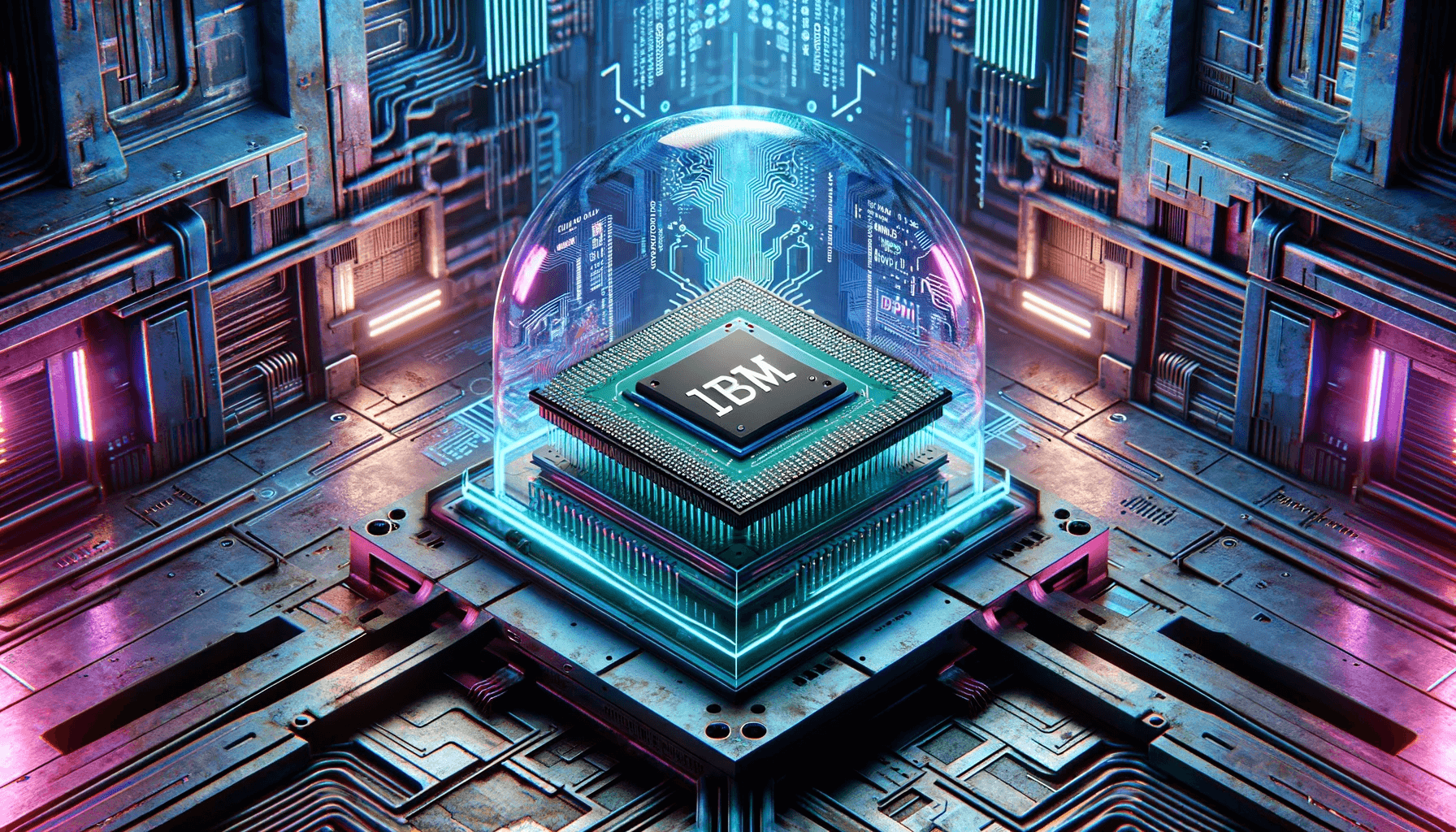IBM’s unveiling of NorthPole, a neuromorphic AI chip, sent shockwaves through the tech community. Fabricated using 12nm technology, this specialized chip promises to outperform conventional AI chips like Nvidia’s leading H100 GPU in speed, efficiency, and edge computing capabilities. As a AI enthusiast, I’m exploring NorthPole’s potential to ignite a new computing paradigm.
The Neuromorphic Breakthrough
Traditional computer chips separate memory and processors, causing inefficient data transfer between these isolated components. Neuromorphic chips take inspiration from the brain’s integrated design, interspersing memory and compute units to enable streamlined on-chip data processing.
NorthPole’s brain-mimicry architecture integrates 22 billion transistors on an 800mm2 die, allowing entire neural network models to be stored on-chip. This enables massively parallel computing, with processing occurring in close proximity to the data. The upshot? Vastly improved speeds and energy efficiency.
Impressive Benchmarks…Mostly
IBM compared NorthPole to leading AI chips using the ResNet-50 benchmark for image classification. Against Nvidia’s workhorse V100 GPU on the same 12nm process, NorthPole delivered a 25x boost in energy efficiency. However, the 5x efficiency gain over Nvidia’s next-gen 4nm H100 was less remarkable given the manufacturing difference. Still, NorthPole achieved 8x lower latency, critical for real-time applications.
I’d be keen to see NorthPole evaluations against Google’s TPUs and Cerebras given their focus on efficiency. But so far, the results position NorthPole as a top contender in the race for performant, efficient AI hardware.
Where Does NorthPole Fit in the Competitive Landscape?
Despite its auspicious specs, NorthPole remains a research initiative, not a commercial product. If brought to market, it would encounter rivals like Intel’s Loihi 2 neuromorphic chip. With computing migrating towards the edge, neuromorphic chips promise localized, speedy AI processing – a burgeoning field awaiting innovation.
The Road Ahead
Beyond sheer computing horsepower, NorthPole’s neuromorphic architecture could revolutionize how we apply AI, enabling responsive, on-device intelligence. Imagine household electronics or autonomous cars endowed with adaptive, intelligent NorthPole chips to make split-second decisions using environmental inputs. The potential societal impact is profound.
While NorthPole faces a winding journey from lab prototype to real-world product, its impressive benchmarks highlight advancing efforts to move beyond conventional computing. Still, significant unknowns remain. Will neuromorphic architectures become the next frontier of AI, or will they remain a niche field?


